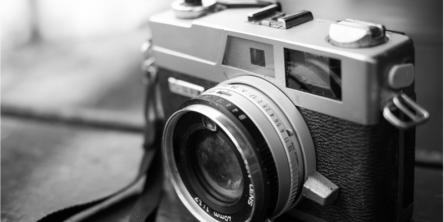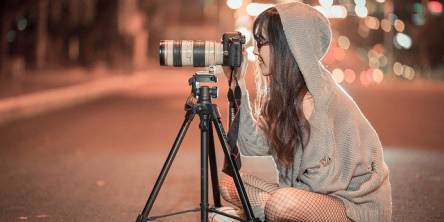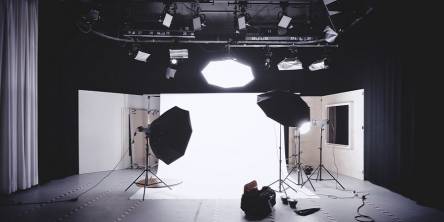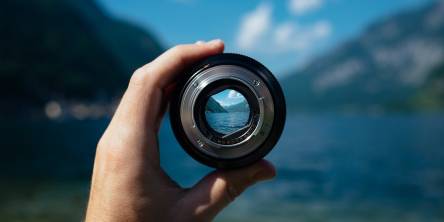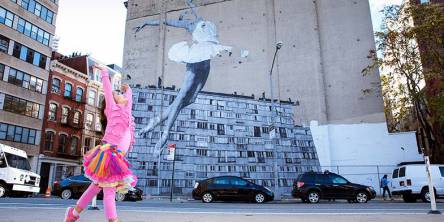Tips for Photographing Architecture

Instagram, Flickr and Pinterest envy is a real thing, and when it comes to owning the coolest architectural photos the first thing we might curse is our local city's lack of Gaudís, Gherys and Hadids. However, as handy as it might be to live next door to the Sagrada Família, the truth is that great photographs are the product of skilled and competent photographers, not just wonderful buildings.
Here are five steps to consider if you want to get into the exciting world of architectural photography. Be careful, however, as once you begin it gets very hard to stop.
Step 1: Let there be light
Just as it does for any other form of photography, lighting provides one of the biggest differentiators when it comes to producing the best images. While portrait photographers can manipulate this component at will with portable reflectors and expensive light boxes, unfortunately Amazon don’t sell big enough models for buildings and so the time of day instead becomes an important factor.
When you first scout out a building you’d like to photograph, observe how the sun’s light touches the building, which textures are light up and at what angles the shadow contrasts the sun. This lighting will likely change continously throughout the day so it’s worth revisiting these buildings multiple times to find the best picture. The best times of day are often the moments before sunrise and sunset, as they provide a warmer and more manageable flourish of light.
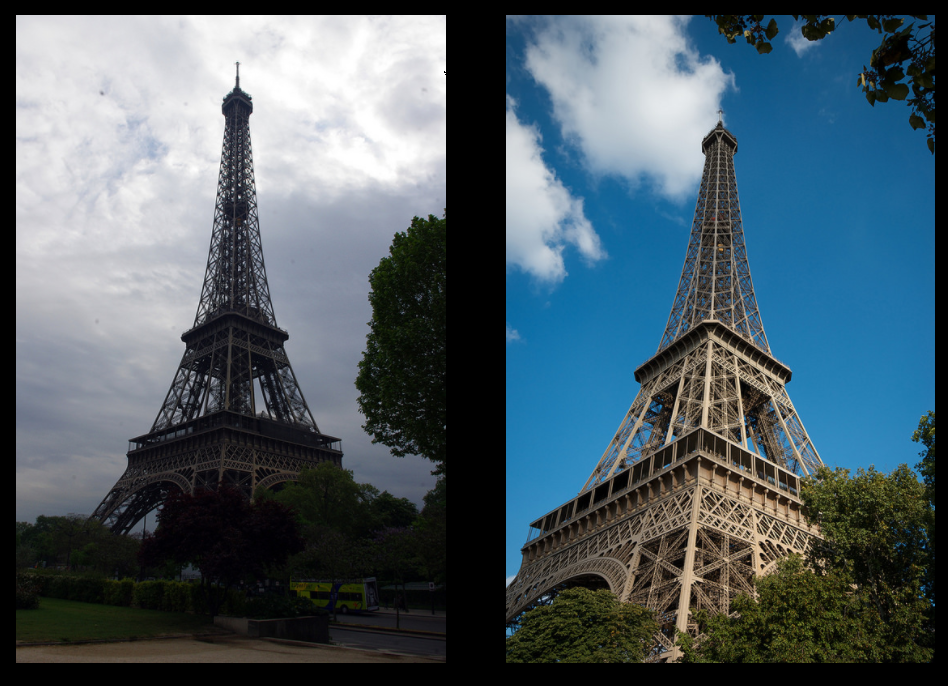
A bit of natural lighting can go a long way to make your photographs look exceptional.
Step 2: It's all about perspective
Buildings are big, brash objects that are there to serve a purpose. They aren’t well hidden, and they certainly don’t shy away when you look at them. If you want your photographs to provide something different to what your audience see every day, you’re going to have to start experimenting with your angles.
It might come as instict that you should capture the entirity of a building in your shots, but its usually better practice to zone in on individual aspects instead. Implementing an abstract perspective that focuses less on context and more on the curves, textures and colours will suddenly make your pictures seem a lot more unique and interesting. Removing the usual context that surrounds a building forces the viewer inside the photographers own creative perspective; where the building’s appreciation goes not towards its size or function, but instead to how its curves, shape and texture speaks to the rare and unique personality the chosen building has.
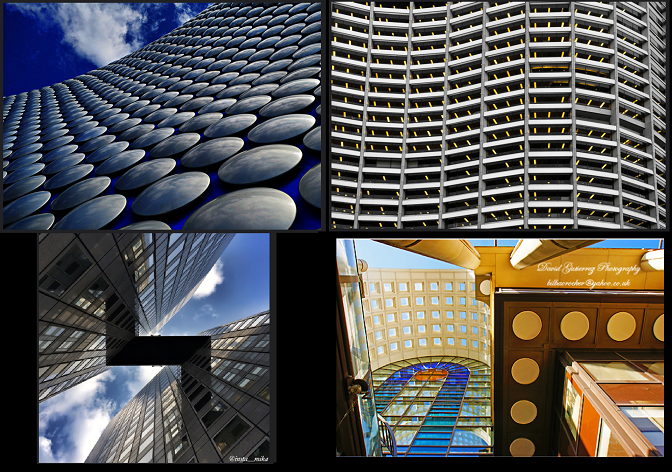
Adding a unique perspective to your pictures can help them instantly stand out and seem far more creative.
Step 3 – Work with weather
In the same way that lighting has the ability to boost the standard of your photograph, the weather that surrounds your building has a lot to say about your photographs context, character and perspective. A picture taken of a castle in broad daylight can convey a pleasant image, but there could still be a risk it would make it seem a little underwhelming. Introduce some dynamic sunlight, heavy rain or a looming thundercloud in the disctance and suddenly your picture will have an enaging context and an interesting second focus for you to work with.
Pictures in the snow, however, will almost always look like Christmas.
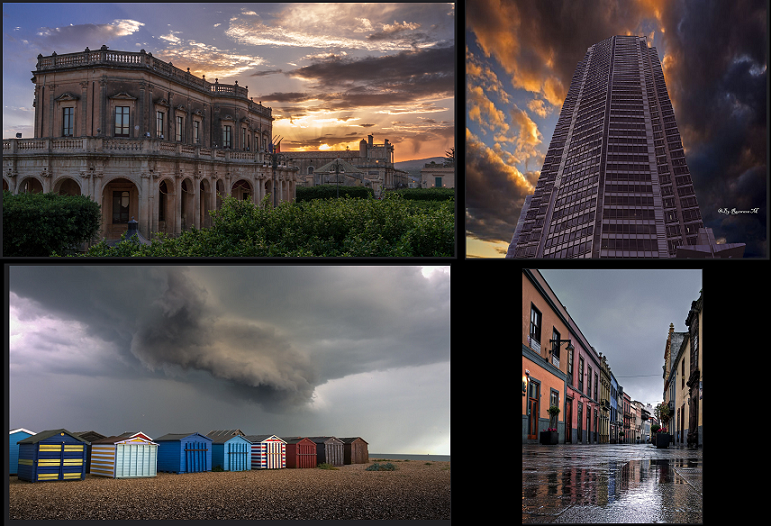
When implemented intentionally, the weather can provide a great second focus-point for your picture.
Step 4 – Try indoors
While external shots can do a great job to capture the surface beauty of a building, the bustling, inhabiting indoors can show the building’s figurative heart. Don’t be afraid to pull your camera out when inside to find further creative perspectives and shots; it’s a great way to get good lighting, perspective and close up shots into your pictures. Practice changing your exposure, cranking up the ISO and shutter speed, and toying around your external flash. Interiors are never short of things to photograph, with cielings, corners other generally unobserved areas providing some of the best places to picture. If the building is naturally quiet, capture it with an empty, panning shot, or if its an always busy try embrace the commotion with some motion blur or depth of field. Indoor photography is easy as you can do it in your own house, there are even online guides available for getting started in your own room!

With interior design, finding the right angle remains the key. Try look for new perspectives on every day items!
Step 5: Always be ready
A standout architectural portfolio is built with creativity, photographic skill and -quite naturaly - a little bit of patience. As you gradually invest yourself more into your architectural photography, you will no doubt start to notice your surroundings in a new light, and occasionally be hit with moments of divine architectural inspiration. That’s why it’s a good idea to have your camera handy on your daily travels, just make sure you don’t distract yourself and end up late for work. With a bit of practice, you’ll soon find out that architectural photography can be highly fun and a rewarding experience.
Similar Articles
Product photography plays a vital role in attracting customer attention and getting sales. As we enter the year 2025, we must adapt to the rising trends of photography to stay abreast of the world.
Long-term time-lapse cameras have become a game-changer in various industries. With the ability to capture slow processes over extended periods, these cameras offer a unique perspective on changes that would otherwise go unnoticed.
When digital cameras began to become widely available and somewhat affordable, it seemed as if analogue cameras would fall into obscurity in the face of this seemingly superior technology.
For budding photographers, there’s a good amount of info out there. You can find out about apertures, lenses, and exposure times pretty easily
"No one is perfect on this globe; we all make mistakes at some point." This adage also applies to the photography profession, especially to new photographers. Some people are gifted with great photography skills, while some are not.
Not every picture you take might turn out the way you would expect it to. Thankfully there are many photo editing programs that can help you give some finishing touches and add artistic visions to your pictures.
It is a common question asked by photography clients; Where is the best place to get pictures taken? Should I choose an indoor studio location, an industrial park, or maybe a place full of trees? What are the most popular spots your clients choose to take photos?
Like every art, wedding photography has gone through some significant changes over the years. Candid wedding photography has become the new buzz in Indian weddings, to capture the unfiltered fun and frolic experienced during the special occasions.
A wedding is a miraculous event that celebrates love and the union of soulmates. Even though it is one of the most important days of any bride and groom's life, a wedding takes a lot of time and effort.



